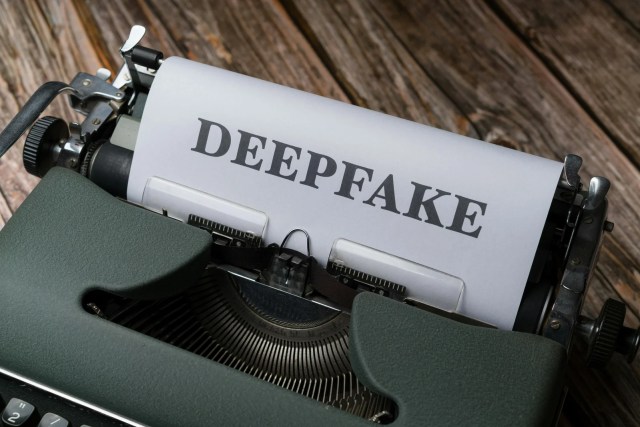Deep fake refers to manipulated videos and images, often created using artificial intelligence (AI) techniques. These sophisticated algorithms analyze and synthesize vast amounts of data to generate convincing fake content. It gains prominence due to their potential to manipulate and spread misinformation, ethical, legal, and societal concerns.

AI plays a central role in deep fake creation by enabling the seamless blending of faces, voices, and actions onto existing footage or images. Deep learning models, such as generative adversarial networks or autoencoders are commonly used in deep fake generation.
This technology offers creative applications in entertainment and visual effects. Its misuse poses serious threats. It can be exploited to create fake news, impersonate individuals, or fabricate evidence. They raise concerns regarding privacy and consent, as individuals’ likenesses can be manipulated without their permission.
Moreover, the rapid advancement of AI technology continues to challenge these mitigation strategies to address the evolving threat of deep fakes in the digital age
Misuses of Deep fake Technology: Threats and Challenges
In 2024, deepfake technology continued to be misused across various domains, presenting significant challenges to society:
Political Manipulation:
Deep fakes were increasingly employed to create fabricated speeches and videos of political figures, potentially influencing public opinion and elections. Malicious actors exploited deep fakes to spread disinformation.Financial Fraud:
Cybercriminals utilized this technology to perpetrate financial scams. Deepfake-enhanced phishing attacks have become more sophisticated, posing substantial risks to businesses and individuals.Reputational Damage:
Individuals faced the threat of reputation tarnishment through Deep fake content portraying them engaging in illegal activities. Celebrities, public figures, and ordinary citizens alike became targets of malicious deep fake campaigns aimed at defamation or extortion.Non-consensual Pornography:
Deepfake pornography continued to be a significant issue using AI to superimpose individuals’ faces onto explicit content without their consent.Identity Theft:
It facilitated identity theft and enables fraudsters to impersonate individuals in various contexts. These impersonations could lead to identity fraud, harassment, and exploitation of personal information for illicit purposes.
In addition these misuses of deep fake technology required concerted efforts from governments and tech companies, researchers, and civil society.
.


